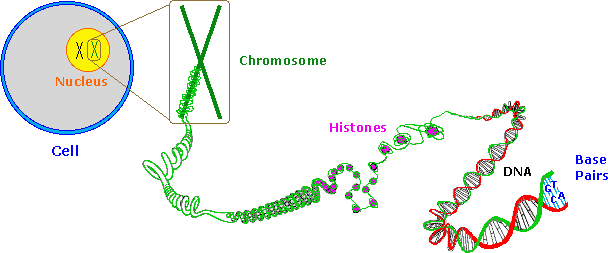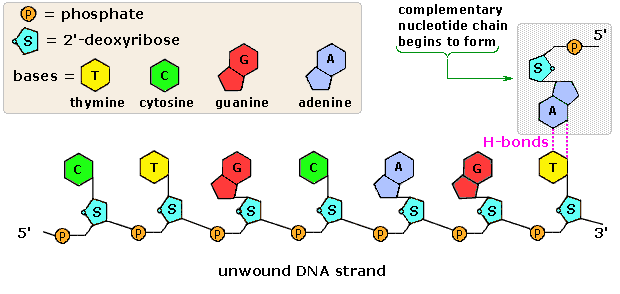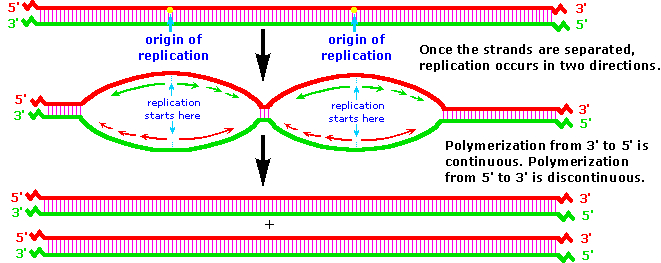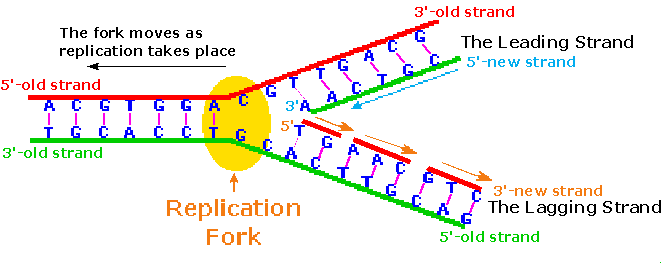

علم الكيمياء

تاريخ الكيمياء والعلماء المشاهير

التحاضير والتجارب الكيميائية

المخاطر والوقاية في الكيمياء

اخرى

مقالات متنوعة في علم الكيمياء

كيمياء عامة


الكيمياء التحليلية

مواضيع عامة في الكيمياء التحليلية

التحليل النوعي والكمي

التحليل الآلي (الطيفي)

طرق الفصل والتنقية


الكيمياء الحياتية

مواضيع عامة في الكيمياء الحياتية

الكاربوهيدرات

الاحماض الامينية والبروتينات

الانزيمات

الدهون

الاحماض النووية

الفيتامينات والمرافقات الانزيمية

الهرمونات


الكيمياء العضوية

مواضيع عامة في الكيمياء العضوية

الهايدروكاربونات

المركبات الوسطية وميكانيكيات التفاعلات العضوية

التشخيص العضوي

تجارب وتفاعلات في الكيمياء العضوية


الكيمياء الفيزيائية

مواضيع عامة في الكيمياء الفيزيائية

الكيمياء الحرارية

حركية التفاعلات الكيميائية

الكيمياء الكهربائية


الكيمياء اللاعضوية

مواضيع عامة في الكيمياء اللاعضوية

الجدول الدوري وخواص العناصر

نظريات التآصر الكيميائي

كيمياء العناصر الانتقالية ومركباتها المعقدة


مواضيع اخرى في الكيمياء

كيمياء النانو

الكيمياء السريرية

الكيمياء الطبية والدوائية

كيمياء الاغذية والنواتج الطبيعية

الكيمياء الجنائية


الكيمياء الصناعية

البترو كيمياويات

الكيمياء الخضراء

كيمياء البيئة

كيمياء البوليمرات

مواضيع عامة في الكيمياء الصناعية

الكيمياء الاشعاعية والنووية
DNA Replication
المؤلف:
William Reusch
المصدر:
Virtual Textbook of Organic Chemistry
الجزء والصفحة:
............
27-8-2018
7602
DNA Replication
In their 1953 announcement of a double helix structure for DNA, Watson and Crick stated, "It has not escaped our notice that the specific pairing we have postulated immediately suggests a possible copying mechanism for the genetic material.". The essence of this suggestion is that, if separated, each strand of the molecule might act as a template on which a new complementary strand might be assembled, leading finally to two identical DNA molecules. Indeed, replication does take place in this fashion when cells divide, but the events leading up to the actual synthesis of complementary DNA strands are sufficiently complex that they will not be described in any detail.
As depicted in the following drawing, the DNA of a cell is tightly packed into chromosomes. First, the DNA is wrapped around small proteins called histones (colored pink below). These bead-like structures are then further organized and folded into chromatin aggregates that make up the chromosomes. An overall packing efficiency of 7,000 or more is thus achieved. Clearly a sequence of unfolding events must take place before the information encoded in the DNA can be used or replicated.

Once the double stranded DNA is exposed, a group of enzymes act to accomplish its replication. These are described briefly here:
Topoisomerase: This enzyme initiates unwinding of the double helix by cutting one of the strands.
Helicase: This enzyme assists the unwinding. Note that many hydrogen bonds must be broken if the strands are to be separated..
SSB: A single-strand binding-protein stabilizes the separated strands, and prevents them from recombining, so that the polymerization chemistry can function on the individual strands.
DNA Polymerase: This family of enzymes link together nucleotide triphosphate monomers as they hydrogen bond to complementary bases. These enzymes also check for errors (roughly ten per billion), and make corrections.
Ligase: Small unattached DNA segments on a strand are united by this enzyme.
Polymerization of nucleotides takes place by the phosphorylation reaction described by the following equation.

Di- and triphosphate esters have anhydride-like structures and are consequently reactive phosphorylating reagents, just as carboxylic anhydrides are acylating reagents. Since the pyrophosphate anion is a better leaving group than phosphate, triphosphates are more powerful phosphorylating agents than are diphosphates.
The DNA polymerization process that builds the complementary strands in replication, could in principle take place in two ways. Referring to the general equation above, R1 could represent the next nucleotide unit to be attached to the growing DNA strand, with R2 being this strand. Alternatively, these assignments could be reversed. In practice, the former proves to be the best arrangement. Since triphosphates are very reactive, the lifetime of such derivatives in an aqueous environment is relatively short. However, such derivatives of the individual nucleosides are repeatedly synthesized by the cell for a variety of purposes, providing a steady supply of these reagents. In contrast, the growing DNA segment must maintain its functionality over the entire replication process, and can not afford to be changed by a spontaneous hydrolysis event. As a result, these chemical properties are best accommodated by a polymerization process that proceeds at the 3'-end of the growing strand by 5'-phosphorylation involving a nucleotide triphosphate.

The polymerization mechanism described here is constant. It always extends the developing DNA segment toward the 3'-end (i.e. when a nucleotide triphosphate attaches to the free 3'-hydroxyl group of the strand, a new 3'-hydroxyl is generated). There is sometimes confusion on this point, because the original DNA strand that serves as a template is read from the 3'-end toward the 5'-end, and authors may not be completely clear as to which terminology is used.
Because of the directional demand of the polymerization, one of the DNA strands is easily replicated in a continuous fashion, whereas the other strand can only be replicated in short segmental pieces. This is illustrated in the following diagram. Separation of a portion of the double helix takes place at a site called the replication fork. As replication of the separate strands occurs, the replication fork moves away (to the left in the diagram), unwinding additional lengths of DNA. Since the fork in the diagram is moving toward the 5'-end of the red-colored strand, replication of this strand may take place in a continuous fashion (building the new green strand in a 5' to 3' direction). This continuously formed new strand is called the leading strand. In contrast, the replication fork moves toward the 3'-end of the original green strand, preventing continuous polymerization of a complementary new red strand. Short segments of complementary DNA, called Okazaki fragments, are produced, and these are linked together later by the enzyme ligase. This new DNA strand is called the lagging strand.

When you consider that a human cell has roughly 109 base pairs in its DNA, and may divide into identical daughter cells in 14 to 24 hours, the efficiency of DNA replication must be extraordinary. The procedure described above will replicate about 50 nucleotides per second, so there must be many thousand such replication sites in action during cell division. A given length of double stranded DNA may undergo strand unwinding at numerous sites in response to promoter actions. The unraveled "bubble" of single stranded DNA has two replication forks, so assembly of new complementary strands may proceed in two directions. The polymerizations associated with several such bubbles fuse together to achieve full replication of the entire DNA double helix. A cartoon illustrating these concerted replications will appear by clicking on the above diagram. Note that the events shown proceed from top to bottom in the diagram.
 الاكثر قراءة في الاحماض النووية
الاكثر قراءة في الاحماض النووية
 اخر الاخبار
اخر الاخبار
اخبار العتبة العباسية المقدسة

الآخبار الصحية
















 قسم الشؤون الفكرية يصدر كتاباً يوثق تاريخ السدانة في العتبة العباسية المقدسة
قسم الشؤون الفكرية يصدر كتاباً يوثق تاريخ السدانة في العتبة العباسية المقدسة "المهمة".. إصدار قصصي يوثّق القصص الفائزة في مسابقة فتوى الدفاع المقدسة للقصة القصيرة
"المهمة".. إصدار قصصي يوثّق القصص الفائزة في مسابقة فتوى الدفاع المقدسة للقصة القصيرة (نوافذ).. إصدار أدبي يوثق القصص الفائزة في مسابقة الإمام العسكري (عليه السلام)
(نوافذ).. إصدار أدبي يوثق القصص الفائزة في مسابقة الإمام العسكري (عليه السلام)


















